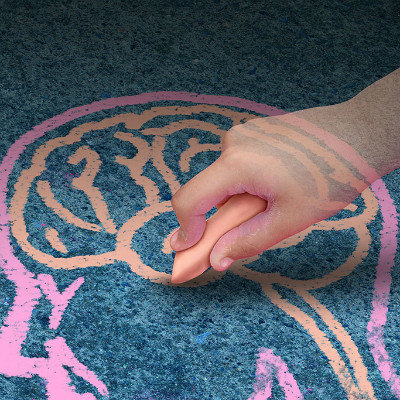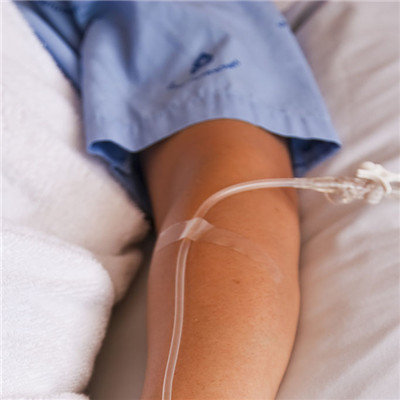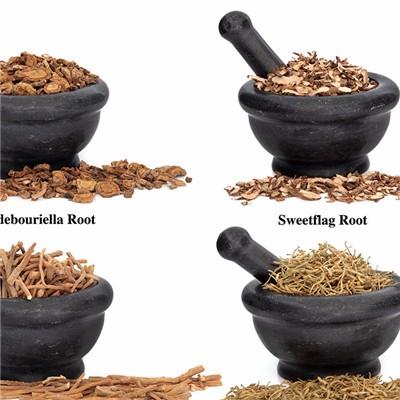Can pyogenic osteomyelitis of skull die?
summary
Most of the suppurative osteomyelitis of skull comes from direct infection, such as open skull fracture, infection after craniotomy or craniotomy, infection after skull traction, and infection due to exposure of skull due to failure of radiotherapy and skin transplantation. Osteomyelitis of the skull can occur in any part of the skull, but the frontal and parietal bones of the cranium are the most common. Can pyogenic osteomyelitis of skull die?
Can pyogenic osteomyelitis of skull die?
Suppurative cranial osteomyelitis is a kind of nonspecific inflammatory reaction caused by pathogenic bacteria invading into the skull through various ways. Staphylococcus aureus, Streptococcus and Escherichia coli are the most common pathogens. Other pathogens include Pseudomonas aeruginosa, Staphylococcus albicans, anaerobic bacteria, etc. there are also mixed infections of a variety of pathogenic bacteria. It is often due to the head and face furuncle, paranasal sinusitis, oral pharyngitis and other parts of the body and the head wound suppurative infection, bacteria through the spread and blood dissemination into the skull, and then through the vein into the barrier to form thrombosis and suppuration, blocking the blood supply of the inner and outer plate and the barrier, the further development of inflammation makes the pressure in the barrier increase and expand to the surrounding, It leads to the destruction of the bone plate and the formation of dead bone, so that the inflammation spreads to the subperiosteal and intracranial, causes the inflammation under the scalp, further develops into abscess, forms the chronic sinus after the rupture and invades to the intracranial, causing intracranial complications. But the most common clinical reasons are incomplete debridement in the early stage after open craniotomy and contamination of wound during or after craniotomy.

Morphologically, it can be divided into destructive type and proliferative type, fulminant type and localized type. In general, local scalp swelling, subcranial abscess with wave motion and chronic sinus can be seen. In its adjacent parts, there are single or multiple skull defects of different shapes and sizes. Among them, there are free bone fragments, and the skull shows uneven wormhole like damage. The skull was grayish yellow, lusterless, soft and containing pus. There was a large amount of yellow viscous pus in the sinus and outside the dura, granulation tissue hyperplasia and dura thickening became brittle. Under the microscope, there were a lot of pus ball exudation and leukocyte infiltration, fibrous connective tissue and vascular hyperplasia, trabecular bone destruction, normal structure blurred.

Typical osteomyelitis of the skull is not difficult to diagnose. In the patients with contaminated open craniocerebral injury or craniocerebral operation wound, the postoperative body temperature increased, the peripheral blood leukocytes increased, the wound was red, swollen, hot, painful or dehiscent, the pus did not heal for a long time, and there were head and face boils or purulent infection in other parts of the body. At the same time, the body temperature increased, accompanied by localized head swelling, hot and painful, and gradually became a fluctuating sub scalp abscess, And then burst and often discharge yellow or yellow green sticky pus and small dead bone, supplemented by skull X-ray, CT, MRI examination.

matters needing attention
For infectious diseases, early debridement and effective antibiotic treatment are helpful to prevent suppurative osteomyelitis of skull. Regular life, food and daily life, work and rest, moderate physical exercise, do not take part in strenuous exercise, maintain sleep quality, light diet, rich nutrition, prohibition of smoking, drinking, strong tea, coffee, must be regularly reviewed, once there are signs of disease, must actively cooperate with the treatment.
















